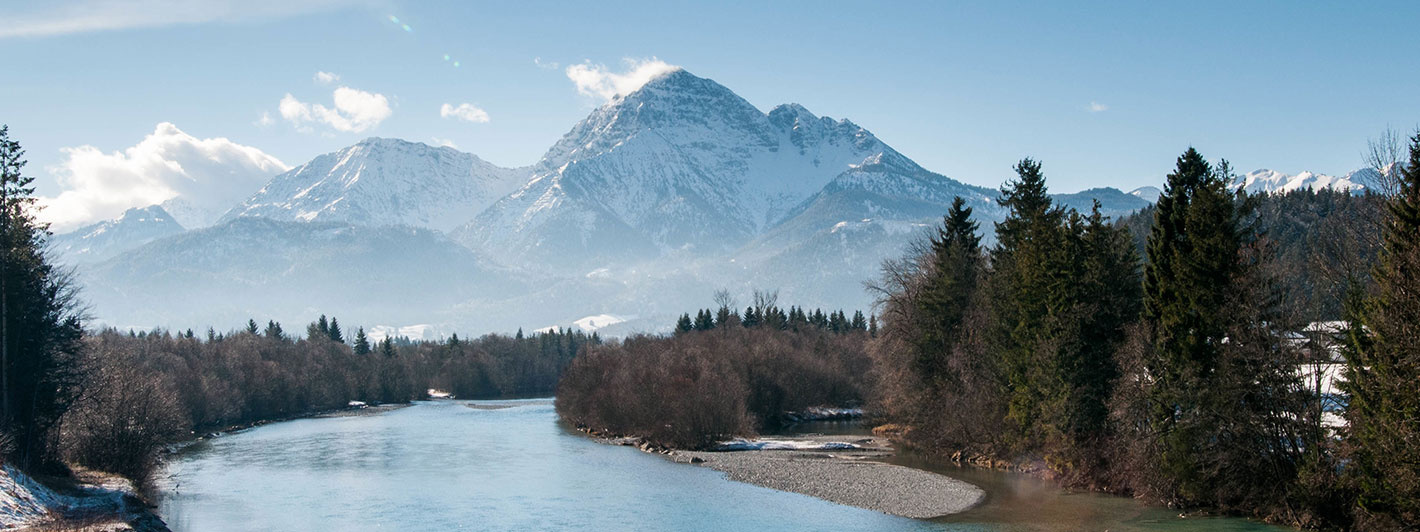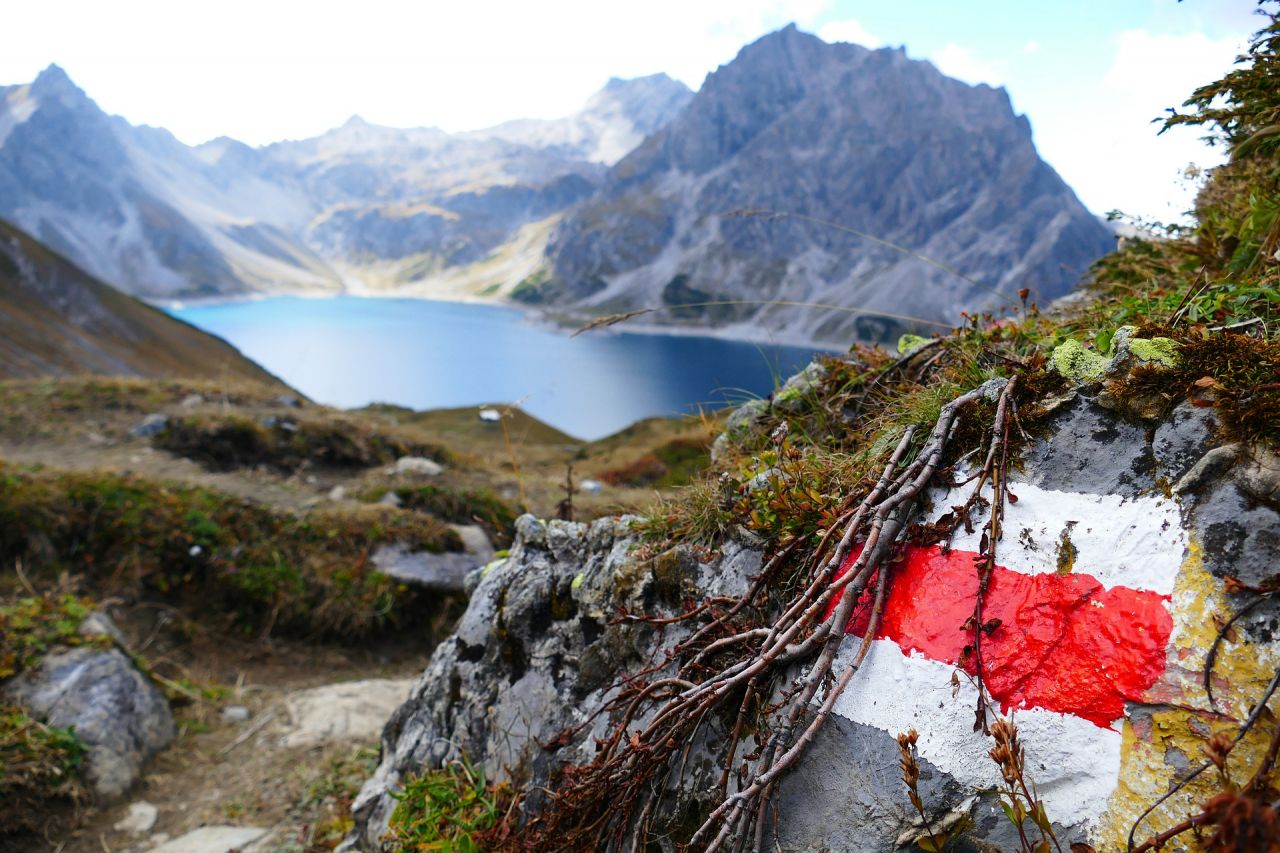Explore Citizen Science Projects
Welcome at Österreich forscht!
Here you can find everything about Citizen Science in Austria. In the future, it should be just as normal to work in a citizen science project as to be a member of an association, e. g. the voluntary fire brigade or a music ensemble. We want people to see science no longer as an elite programme, but as a process that affects all our lives, a process which is an important part of society and is worth understanding. However, the fun and enjoyment of research should not be neglected. We do not understand citizen science as an infotainment concept, but as a collaborative process through which new insights can be gained.
Salon of Open Secrets
- waste
- culture
- media
- gender
- living together
It is an open secret that hardware operating on our smart devices contains not only plastic, but also conflict materials such as tungsten, tin, tantulum and gold. Technology is therefore not neutral. These resources are mined in conflict regions, assembled to electric circuits under harmful labour conditions and mostly ending up…
Ideenbox (Box of Ideas)
- health
The Ideenbox (box of ideas) collects the problems of citizens and patients around the topic of health (such as physical and mental health issues, social consequences, care, health prevention...), for which solutions are to be developed with citizens, researchers and other stakeholders. Which health problem do you want research to solve?…
Viennese playbills 1930-1939
- history
- culture
What is the project about? The crowdsourcing project "Viennese playbills 1930-1939" is about the metadata capture of the playbills from the holdings of the Vienna City Library from this period. Previously only organized by theater and not indexed individually, during the project these valuable historical sources will become recorded individually and thus discoverable for…
Writing history: Letters 1920–1934
- culture
- history
- media
- language
What is the project about? The crowdsourcing project "Letters 1920-1934" is about the transcription of the unique letter collection of the Vienna City Library from this period. In contrast to historical printed works, which are now subjected to automatic full-text recognition as standard, this is still not so easy to…
Writing History: Letters 1914-1919
- history
- culture
- language
What is the project about? The crowdsourcing project "Letters 1914-1919" is about the transcription of the unique letter collection of the Vienna City Library from this period. In contrast to historical printed works, which are now subjected to automatic full-text recognition as standard, this is still not so easy to…
Ragweed Finder
- plants
- health
The Ragweed Finder was developed in 2017 by the Austrian Pollen Information Service at MedUni Vienna and has also been available to download as an app for Android and iOS since 2019. The Ragweed Finder consists of four components: Specimen report Ragweed distribution map Information about Ragweed Manual to recognize…
Friends of the Garden
- animals
From alpine crested newt to sand lizard - gardening enthusiasts report please Private gardens not only provide a place of peace and relaxation for humans but can also serve as important habitats and stepping stones for many animal and plant species. Especially the two endangered species groups of amphibians and…
Update Social
- health
- catastrophs
- politics
- media
- economy
- language
With your ideas towards a innovative social sector for all Our society is facing numerous social challenges and the public administration, charities & social service providers, civil society and (social) enterprises are already working to solve them. In the face of increasingly complex challenges, there is a need for more…
Nature conservation monitoring
- plants
- animals
- land use
We take care of our meadows and alpine pastures! For more than a decade, hundreds of farmers have been saying "We look at our meadows and alpine pastures!". The regular observations of the more than 700 participants impressively show that on more than 80 % of the monitoring plots in…
SoilPlastic
- geology
- land use
SoilPlastic is a citizen science project that collects data on plastic in soils. No prior knowledge is needed to participate and you can enter your observations in the SoilPlastic app in just a few minutes. What is it about? Plastic products and their remains are ubiquitous. However, we still know…
Phänoflex
- plants
- weather
Flexibilisation of WF-mowing dates according to the phenological model The ÖPUL-measure Nature Conservation results in farmers usually having an agreement on a fixed mowing date. Due to the ongoing climate change, vegetation development fluctuates more and more especially during spring and early summer. Therefore, it was proposed to expand the…
Recycling Heroes
- economy
- waste
The sale of electrical and electronic equipment is constantly increasing and accordingly e-waste has already become the fastest growing waste stream in the world. Our society needs to face this challenge without delay, so the Recycling Heroes project aims to raise awareness about e-waste, especially among students but also in…





